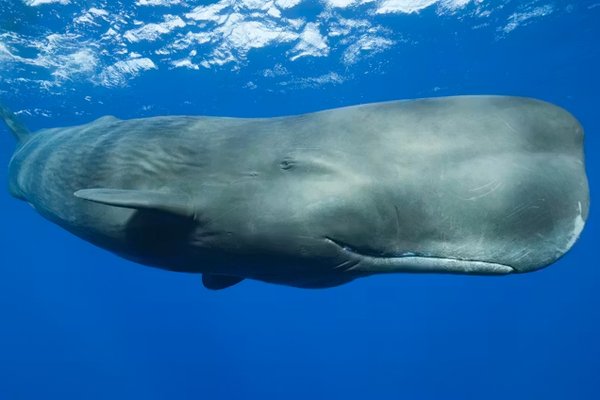Why it matters that marine taxonomists are becoming an “endangered species”
Without taxonomists, we won't know what species we have and what species we're driving to extinction

© Karen Gowlett-Holmes
Taxonomists - those people who name animals and plants and who worry about the relationships between them - are becoming increasingly rare. You might even say that they are becoming an “endangered species”. However, the work of taxonomists underpins biological sciences and is fundamental in managing biodiversity.
The conservation of our planet's biodiversity is a global priority. In 1992, 150 countries (including Australia) signed the United Nations Convention on Biological Diversity in Rio, committing themselves to conserving biodiversity.
Central to biodiversity conservation is an understanding of biodiversity itself- how many species do we have? How are they related? And where are they distributed? Put simply, we need to know what we have in order to conserve it! And for this, we need taxonomists. Taxonomists identify and describe the diversity of life on earth, and are often the only people that can identify tricky species.
Australian marine life is incredibly diverse and under great threat. It's also incompletely known, with new species being continually discovered- not just from the deep water, but also from the populated coast. New species including fish are still being discovered in places as seemingly well-known such as in Sydney Harbour. A recent survey off the west coast of Australia found that 95% of the crustaceans and 72% of polychaetes (seaworms) were new to the Australian fauna!
Thankfully, Australia is one of the leading countries in declaring marine protected areas, which are vital for conserving marine biodiversity. However, managing these areas effectively requires that we know what is there, and only specialist taxonomists are capable of documenting the true diversity of these areas.Taxonomists are also necessary for identifying introduced species arriving on our shores, for determining whether management plans for our marine protected areas are actually conserving our marine biodiversity, and for assessing the impact of climate change on our marine diversity.
.

© Karen Gowlett-Holmes
Several examples illustrate just how vital the skills and expertise of marine taxonomists are to both our environment and our economy. The Northern Pacific Starfish (Asterias amurensis) was introduced into the Derwent River, Hobart and originally misidentified as a native species. To most people these species look almost exactly the same, but taxonomists spotted the difference. This predatory species has had a huge impact on local marine ecosystems. Marine taxonomists also identified that the European fanworm (Sabella spallanzanii) had been introduced into Australian waters via hull fouling on ships from Europe. These introduced fanworms can completely change benthic communities, and so are important to identify prior to them becoming major (and expensive) pest species.
Despite the importance of marine taxonomists in Australia and around the world, their numbers, along with other taxonomists, are declining. Largely residing in museums and herbariums, taxonomists generally conduct their science behind the scenes and so the general public might not get a chance to realise the importance of their work.
So what do we do? Well, we taxonomists need to put on our marketing hats and sell the importance of this basic science. After all, our science underpins all the biological sciences and is vital in our struggle to conserve the diversity of life on earth. Our survival will help ensure that the biodiversity of Australian marine environments can continue to be documented and managed and ensuring they remain healthy for future generations.
Dr Pat Hutchings
Senior Principal Research Scientist
Dr Penny Berents
Senior Research Fellow
More information:
Hutchings, P. & Berents, P. (2015). An obituary to marine taxonomy. AMSA Bulletin
National Marine Science Plan, White paper submission on Aspects of classifying, cataloguing, curating and systematics of marine biodiversity






![[Image of Thelepus japonicus]](https://media.australian.museum/media/dd/images/Fig3_Thelepus_japonicus.87ecdb0.2e16d0ba.fill-600x400.f1c68b5.jpg)


